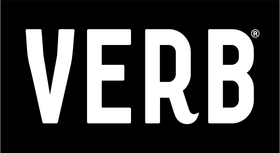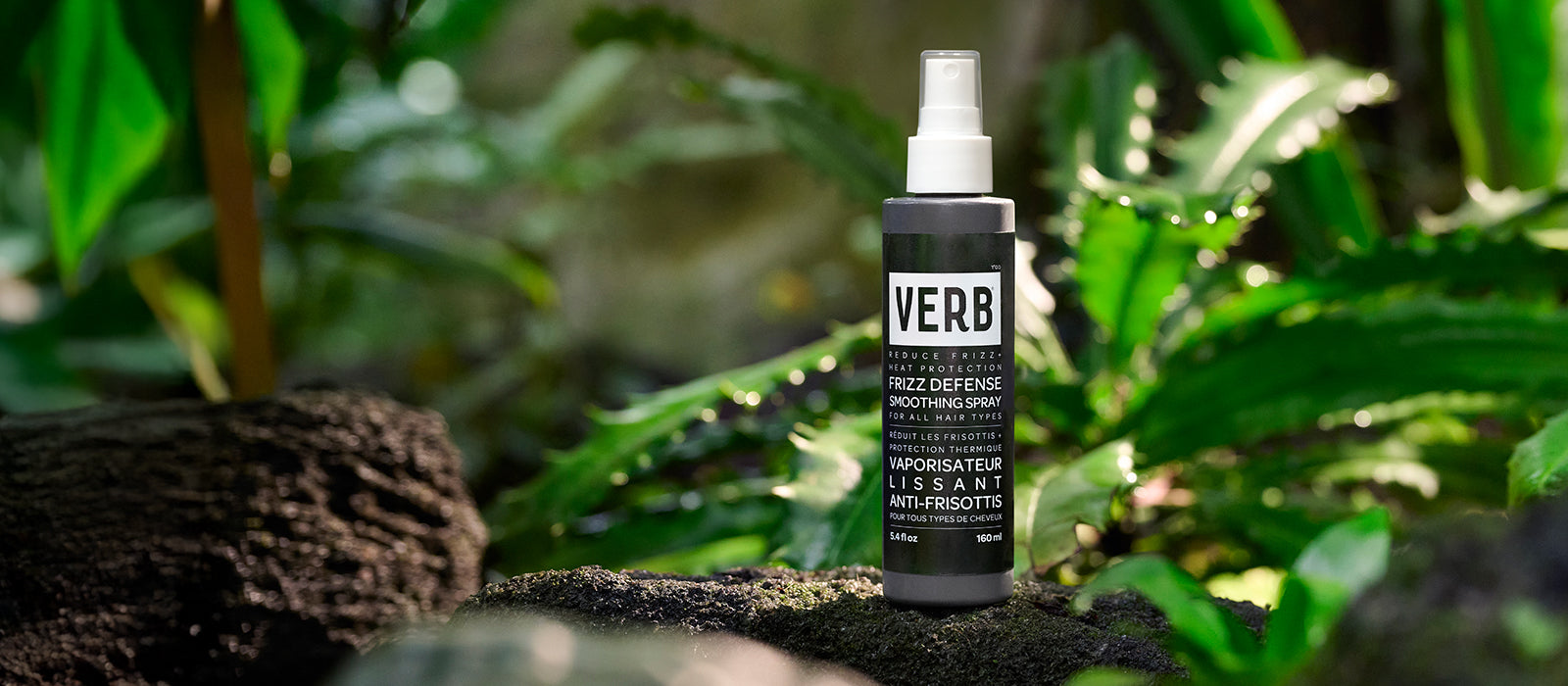You train your body at the gym and your mind through meditation or learning. Well it turns out, training your hair is a thing too! Most people don't prioritize it, but training your hair to be washed less can actually promote healthier hair and scalp.
What is hair training?
Hair training is a method where you gradually increase the time between washes to help your hair regulate its natural oil production. Our hair produces oil called sebum, which can go into overdrive when we use shampoos and conditioners with sulfates. This excessive oil production leads to greasy hair when we wash too frequently. Some people wash their hair twice a week and some might wash their hair less often. It's all about finding the right balance for your hair's needs (for more info on this, see how often you should shampoo).
Benefits of extending your washes
There are a lot of benefits to increasing the time between washes like:
- Fewer split ends and breakage
- Hair that’s less dry
- Extended color life for your latest highlights, balayage or full-color job
- Using less shampoo and conditioner
- Saves water by fewer full washes
Note: Hair training can’t eliminate all breakage, especially breakage caused by heat. For that, we suggest a heat protectant, which forms a barrier around your hair before heat makes contact.
What causes oily & greasy hair?
When training your hair to be less oily, it’s important to start at the source rather than just covering up the effects. While the use of products with sulfates is one of the main causes, oily hair can also be caused by poor diet, improper hair care, overwashing and more.
Tips to train your hair
Hair training is simple! Here are some tips for training your hair. Here are our favorite tips for training your hair:
Tip 1: Rinse your hair with water & apple cider vinegar
Training your hair can take a few months depending on your hair type, scalp health and hair texture. But during that time, you can use simple water rinses or apple cider vinegar rinses to “wash” your hair without using shampoo. This can help you extend your days between shampoo washes, and are a nice reset after activities like exercising where you might want to remove sweat or dirt.
Note: This is not recommended for those with sensitive scalps, lesions, acne, sores and cuts because of the vinegar’s effects on broken skin.
Doing a water rinse just involves letting water run through your hair and giving yourself a scalp massage while in the shower or over a sink. To do an apple cider vinegar rinse, follow these steps:
- Mix 4 to 5 parts lukewarm water with 1 part apple cider vinegar
- Pour the mixture into a spray bottle
- Spray the mixture onto your scalp
- Massage your scalp
- Let the solution sit for about 5 minutes
- Rinse with cool water in the sink or shower
- After the rinse, apply conditioner to maintain a soft texture for your hair
Tip 2: Use sulfate-free hair products
When you wash your hair, opt for sulfate-free shampoos and conditioners. Sulfates are added to these products to help clean your hair and because they’re very cheap. But they’re often too strong and actually strip the hair’s natural oils beyond unwanted grime — which kicks your scalp’s oil production into overdrive to compensate.
Tip 3: Learn fun, new styles
Finding new ways to style your hair comes in handy when training your hair to not be washed every day. As soon as you start seeing that oily sheen, try styles like:
- Braided bangs
- French braids
- Hair clips
- Backcombing
- Pigtails/ponytails
- Mini messy buns
Tip 4: Opt for air dry instead of blow dry
Blow drying your hair dehydrates your scalp and works against the production of natural oils. Air drying will allow those helpful oils to stay on your scalp and hair without being overbearing. If you like the blow-out look, you can also use a lightweight air-dry styling cream or heatless hair curlers to retain some volume overnight as your hair dries.
Enter: Dry shampoo powder
Training your hair to be washed less becomes even easier when you start using dry shampoo powder. This product works well on all hair textures, densities and types; from curly and thick to straight and fine. Dry shampoo powder removes oil, refreshes hair and even adds a bit of volume in a much gentler way than your normal shampoo might.

explore our dry shampoos
available in powder or spray
refreshes hair, extends style
and boosts body
How to use dry shampoo powder
Start by dividing your hair into sections (you can use a hair clip or flat clip to hold sections back). Then, twist the cap of our dry shampoo powder and squeeze the bottle to apply on your scalp. Massage the product into your scalp to add volume throughout your hair. Lastly, brush your hair to work the product through every strand while also removing excess powder. If you used too much, you can easily brush it out. Then it's time to style your hair for the day!
Looking for a training partner?
Skip options with questionable ingredients and white overcast. Our Dry Shampoo Powder formula leaves no trace, reduces oil by 45% after 2 uses and is packed with ingredients like bilberry extract and tapioca starch.
When it's washday, reach for our Ghost Shampoo and Conditioner — free from sulfates and bringing powerful ingredients like moringa oil, green tea extract, bamboo extract and aloe vera. All this comes in a formula that weightlessly cleanses and softens fine and easily weighed-down hair, while smoothing frizz and boosting shine.

explore the
ghost collection
add shine, smooth and
protect for weightless, easy
styling in all hair types
*proven results in a third-party testing lab









